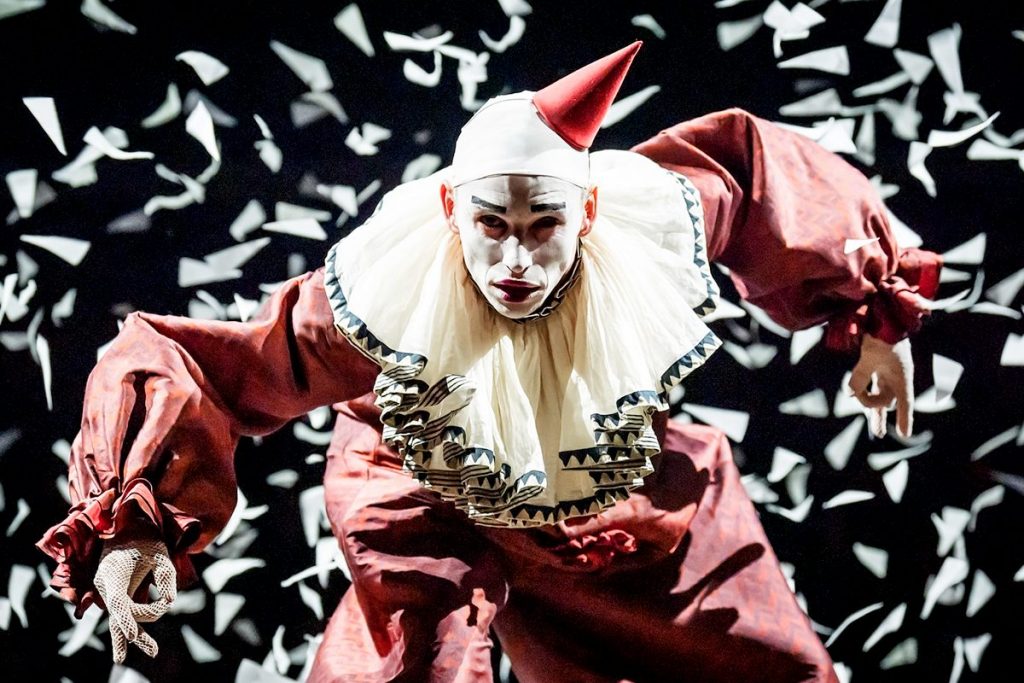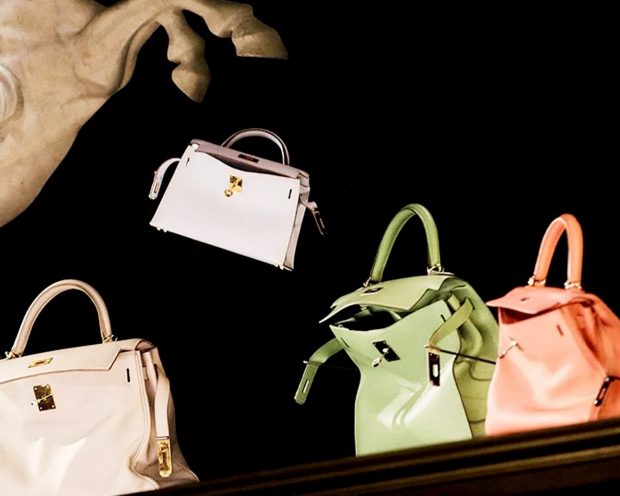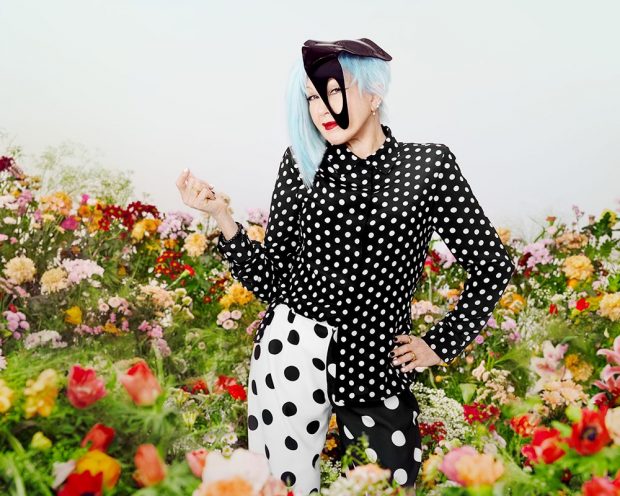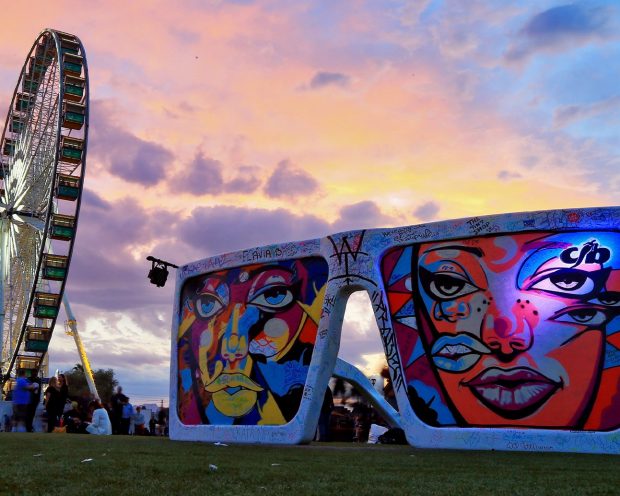Immersive Experiences Take Center Stage on (and Off) Broadway

New York City’s theater scene is in the midst of a revolution. And, like any good social disruption, it’s because the conditions are ripe for change. Last month, The Broadway League released end-of-season statistics for the 2023-2024 season, which began on May 22, 2023, and ended on May 19, 2024. The report shows that Broadway attendance still hasn’t bounced back post-COVID with last season’s 12.3 million attendees mirroring the 2013-2014’s 12.2 million. Despite grossing a total of $1.54 billion, the disparity pre- to post-COVID is astonishing — attendance in 2018-2019 peaked at 14.8 million.
Not to reawaken any stale “the pandemic changed what audiences expect” discourse, but the pandemic changed what audiences expect — and immersive productions are opening across the city to disrupt the typical theater experience. Immersive theater’s cultural significance lies in its ability to draw audiences into the narrative, fostering a deeper connection to the themes and characters.
But this concept is nothing new.
Drawing from ancient storytelling traditions like Noh Theatre‘s spiritual engagement and the physical comedy of Commedia Dell’Arte, immersive theater increases hype and production costs, especially within the structural limitations of historic New York City theaters. While expensive to maintain (sometimes too expensive), immersive experiences create powerful, and perhaps most importantly, memorable theater.
During the 2016-2017 season (which grossed $1.45 billion total), “Natasha, Pierre & The Great Comet of 1812,” transformed the Imperial Theatre into a Russian salon. Then in 2023, “Here Lies Love” reconstructed the Broadway Theatre to remove orchestra seating and replace it with a dance floor. While there was traditional seating in the mezzanine section, a portion of the audience stood and moved with the actors during the show.

Productions like “Outside In,” “Cats: The Jellicle Ball,” and “Cabaret” are redefining audience engagement by inviting attendees to become part of the performance, breaking the fourth wall and creating unforgettable, interactive experiences. Most immersive theater experiences are limited runs due to the high costs of production, including complex set designs and the need for skilled actors. The intimate nature of these performances limits ticket sales, making it difficult to cover expenses over a long period as well.
Despite these challenges, the popularity of immersive theater is growing, indicating strong interest among audiences. And we’ll be watching this space to see if the trend can find a financially sustainable path for longer runs and greater accessibility.
An anxiety-fueled walk through Lincoln Center
The Emmy-nominated and Clio Award-Winning team behind Disney’s “Growing Up” and MTV’s “Rebel Music” presented “Outside In” on May 7 at Lincoln Center, marking the start of a $50 million capital campaign for The Child Center of NY’s Innovation Center. The immersive production, combined scripted performance with improvisation to explore the challenges faced by Maya, an 18-year-old navigating modern-day New York City.
“We started thinking about being innovative and creative, thinking outside the box. That got us saying, ‘Let’s practice what we preach. Let’s put our money where our mouth is,’” says Traci Donnelly, the Chief Executive Officer of The Child Center of NY and “Outside In” co-executive producer and writer. “Instead of just inviting people to sit for three to four hours and be told things, let’s find a way to create a movement.”
The “Sleep No More“-type experience invited audiences to experience the show alongside the cast, with the immersion beginning before the show even started.
“We wanted to create a bit of anxiety in people about not knowing what to expect,” says Traci. “It began with a voice-over playing in the elevator, saying things like, ‘Why did I come to this? Am I wearing the right things? What are they going to do? I hope I don’t have to talk.’ Post-COVID, people are trying to get back into being social, learning how to talk and make eye contact. Our kids, especially, struggle with that after losing two formative years to the pandemic.”
For the future, Traci is looking to mix it up even further, writing an updated version of Maya’s story as a college student facing a whole new set of issues and anxiety — substance misuse, heavy drinking, relationships, dating, safety and the pressure of succeeding.
The Ballroom-inspired “Cats” revival
Last week, the Perelman Performing Arts Center kicked off the Off-Broadway revival of Andrew Lloyd Webber’s “Cats,” reimagined as “Cats: The Jellicle Ball.” The production — which has already extended its run through July 28 — is co-directed by Zhailon Levingston and Bill Rauch and co-choreographed by Arturo Lyons and Omari Wiles. Transforming the long-running hit show — which originally had 7,485 performances and made $1.3 billion — into an immersive experience inspired by ballroom culture has proven to be no easy feat.
The production incorporates elements from the underground dance scene — popularized by the FX series “Pose” and the legendary documentary “Paris is Burning” — celebrating Black and Brown voices and trans empowerment. Special features include stage-side cabaret table seating and new musical arrangements by Trevor Holder.
“In making this show, there are some easy, overt connections,” says Zhailon in an interview with Into More. “Cats is a pageant. Ballroom is a competition. Those forms can be seen as cousins, in a sense, especially since contemporary ballroom kind of comes from pageant history.”
The Kit Kat Club’s Broadway takeover
Rebecca Frecknall’s revival of “Cabaret” transforms what could have been another Broadway revival into a meticulously crafted 1930 Weimar-era Berlin with Eddie Redmayne reprising his role from the West End production as the Emcee. Instead of entering through the theater’s grand entrance, attendees are directed to an alley where they cram through a dark corridor on their way to the Kit Kat Club — the nightclub where the musical’s action takes place — for a 75-minute pre-show lounge experience.
According to Adam Feldman’s review for Time Out New York, “Designer Tom Scutt has reconfigured the August Wilson Theatre, at evident expense, into a multi-floor environmental experience for the audience, which is invited to arrive before curtain time for drinks and entertainment by musicians and dancers; and the main auditorium has been impressively converted from a traditional proscenium stage to an in-the-round arrangement, with audiences seated close to a central circular playing space.”
As the atmosphere evokes the story set on the brink of economic and spiritual disaster, immersive elements continue during the show — including encounters with raw eggs (that you’ll have to experience for yourself). Of course, these extra elements come with a price tag. “Cabaret” is currently selling out with the highest average ticket price on Broadway at $220 and top ticket prices going for $600 or more.
Naveen Kumar writes in his Variety review, “Of course, ‘Cabaret’ is partly a warning about the excess and social blindness represented by pricey tickets and a sexy night out as the world burns. But it’s also a reminder to enjoy every last minute while you can.”
Join us in XP Land. A community for experiential creatives and experience-makers, brand leaders and IP-owners, space stewards and venue visionaries — all of those in the business of epic gatherings and live, immersive storytelling.


